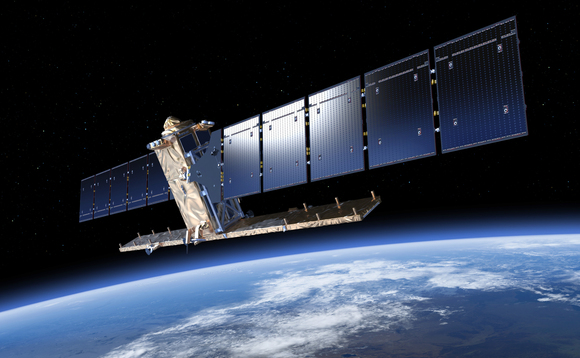An Estonian startup will supply graphene ultracapacitor cells for a first of its kind European space mission.
Skeleton Technologies’ “Spacecap’ cells will replace the lithium-ion batteries currently used to store solar power during missions.
The European Space Agency (ESA) will use the firm’s patented nanoporous carbide-derived carbon, or ‘curved graphene’, ultracapacitors during the European Space Programme for possible orbit in 2018.
The 25g ‘Spacecap’ cell has a capacitance of 100F, working voltage of 2.85, and has the equivalent series resistance of 0.15 mOhm. This allows it to deliver a maximum power of 45kW/kg and store maximum energy at 4.6Wh/kg, says the company.
Skeleton has experience with systems ranging from 24V (less than 10 cells) to 700V (240 cells).
Ultracapacitors will be used to adjust antennae and move solar arrays on the sapcecraft.
The next stage of the project, which started in 2011, involves the cells being trialed under conditions including in a vacuum, temperature and radiation before being certified for space travel.
Pic credit: Credit to ESA












